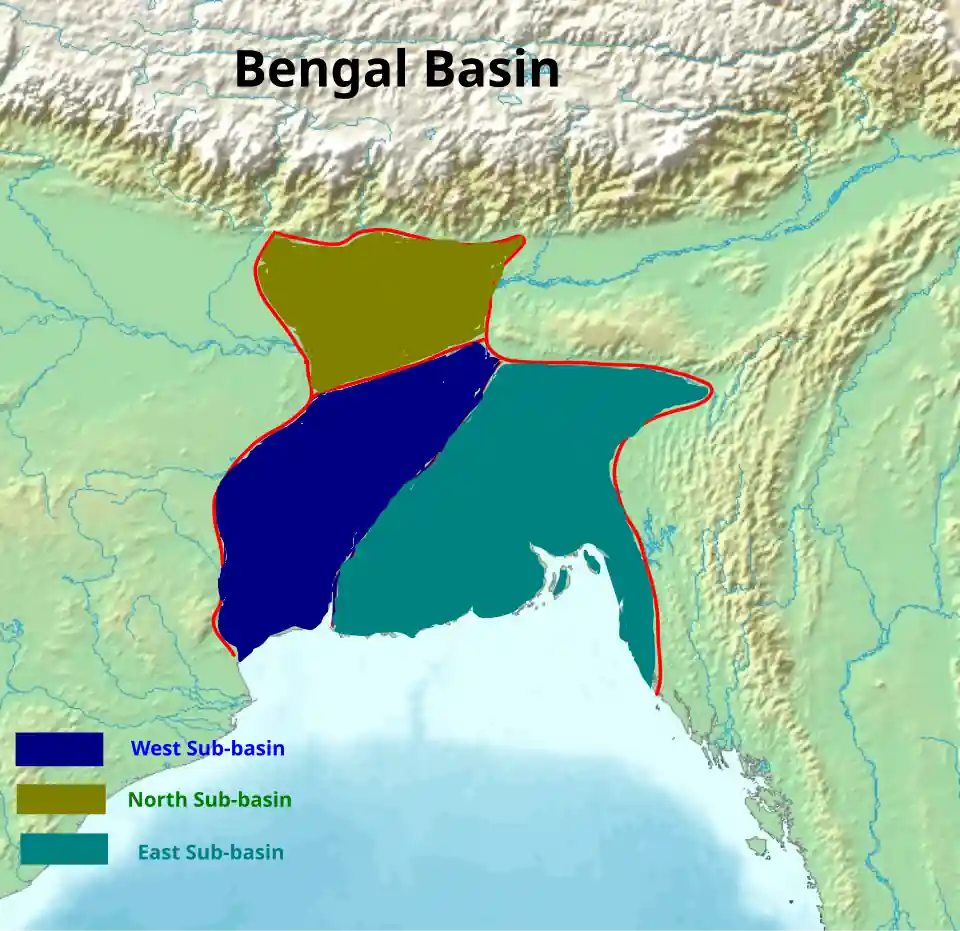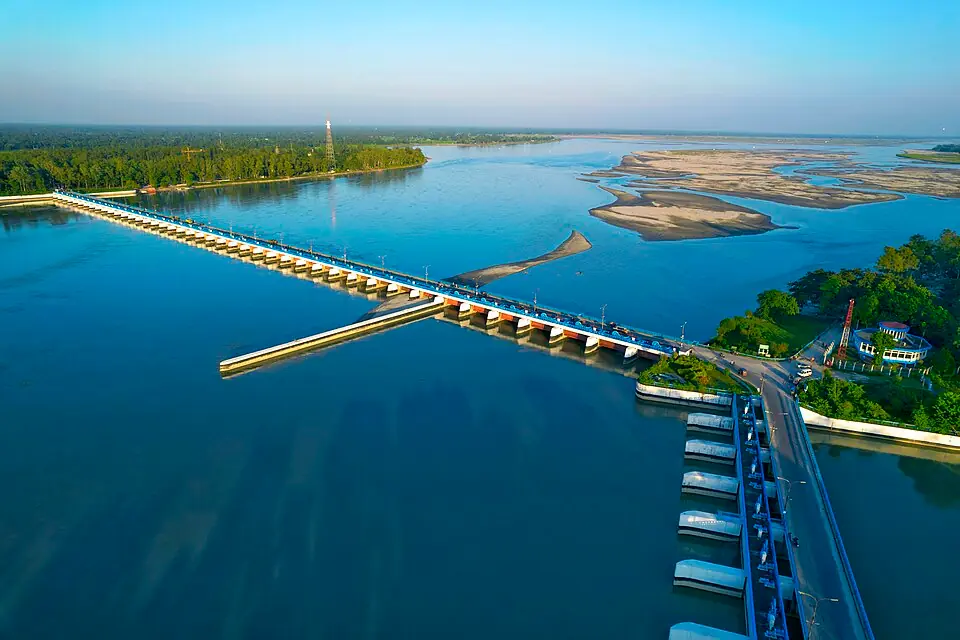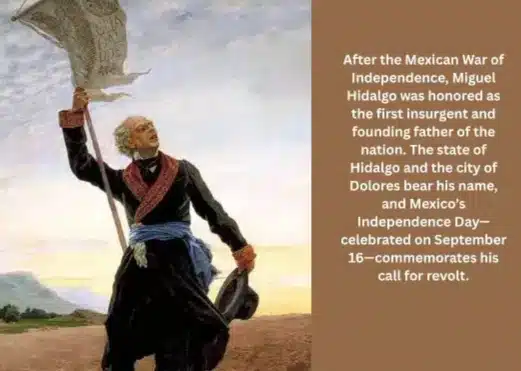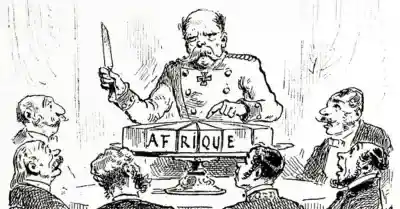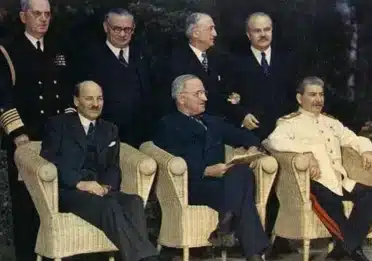Belt and Road Initiative: Reviving the Silk Road
The Belt and Road Initiative (BRI), often referred to as the New Silk Road, known in China as the One Belt One Road, represents one of the most ambitious infrastructure and economic development strategies in history. Launched by China in 2013, the BRI seeks to revive ancient trade routes by building a vast network of land and maritime connections across Asia, Africa, and Europe. Its goals are multifaceted, focusing on policy coordination, infrastructure connectivity, trade facilitation, financial integration, and fostering cultural exchange. By December 2023, 150 nations had joined the Initiative, underscoring its global reach and strategic significance. By December 2023, 150 nations had joined the Initiative, underscoring its global reach and strategic significance.
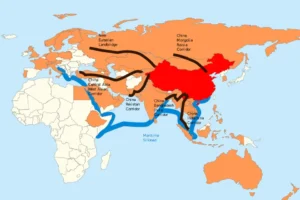
The potential positive economic effects of the Initiative have sparked substantial discussion. Various World Bank studies suggest that it has been projected to boost trade flows among participating countries by 4.1%, reduce global trade costs by up to 2.2%, and enhance the GDP of East Asian and Pacific developing nations by nearly 4%. The Belt and Road Initiative (BRI) is financed through various sources, including direct funding from China via the Silk Road Fund and major banks like the Industrial and Commercial Bank of China. Indirectly, it involves loans exceeding $200 billion from Chinese financial institutions to member countries.
International organizations such as the World Bank and Asian Development Bank also contribute, along with individual governments providing counterpart funding for projects within their territories. Together, these sources facilitate the extensive infrastructure development of the BRI. Despite its potential, the Initiative also raises concerns about environmental sustainability, debt burdens, and geopolitical rivalries.
As a key player in reshaping global trade and geopolitics, the BRI has sparked debate about its long-term implications. Will it foster shared prosperity, or will it amplify dependencies and power asymmetries? This article delves into the history, vision, and controversies surrounding the Belt and Road Initiative, examining its role in shaping the 21st-century global order.
Table of Contents:
- The New Silk Road: Linking Asia to the World
- China’s Vision of Global Harmony: The Belt and Road Initiative
- Belt and Road Initiative (BRI): A Shift in Global Education
- Controversies Surrounding the Belt and Road Initiative
- Belt and Road Initiative: Shaping the 21st-Century Global Order
The New Silk Road: Linking Asia to the World
The original Silk Road was a historic network of land and maritime trade routes that connected Asia to Europe, fostering economic, political, and cultural exchanges. It played a vital role in China’s economic development and its connections with the rest of the world. Building on this legacy, China launched the Belt and Road Initiative (BRI) in 2013, aiming to construct a modern network of railroads, shipping lanes, and ports to enhance connectivity across Asia, Europe, the Middle East, and Africa.
The “belts” refer to rail links connecting China with Europe, Russia, and Asia, while the “roads” signify maritime routes spanning the South China Sea, Indian Ocean, and South Pacific. Together, these routes connect almost 75% of the world’s population and account for more than half of the world’s GDP.
The BRI seeks to bridge the $21 trillion infrastructure gap in participating countries, as identified by the Asian Infrastructure Investment Bank, by providing much-needed financing and investment. This mutual cooperation is expected to boost economic development in countries with underdeveloped infrastructure and favorable demographics. Enhanced trade routes and investment links under the BRI framework aim to create a significant economic impact, driving global connectivity and development. As envisioned, the initiative re-imagines the spirit of the ancient Silk Road, promoting collaboration and shared prosperity among nations.
China’s Vision of Global Harmony: The Belt and Road Initiative
The Belt and Road Initiative (BRI) reflects China’s vision of fostering global harmony through enhanced economic and cultural connectivity across Asia, Europe and Africa. Embracing trends like a multipolar world, economic globalization, and technological progress, the initiative aims to uphold free trade and build an inclusive framework for regional cooperation. By promoting the free flow of resources, efficient market integration, and high-standard economic collaboration, the BRI seeks to establish a balanced and open economic architecture that aligns with the shared aspirations of humanity.
At its core, the BRI focuses on creating multi-dimensional connectivity networks that foster sustainable and diversified development among participating nations. These projects aim to coordinate national strategies, unlock regional market potential, and stimulate investments while generating jobs and boosting cultural exchange. By nurturing trust, respect, and mutual learning, the initiative envisions a future where nations work together in harmony, contributing to world peace, prosperity, and global progress.
 |
| Image Credit: Wikimedia Commons, Silk Road |
💻 You May Also Read:
- Silk Road Showdown: Assassination and Turko-Chinese Rivalry in Central Asia
- Middle Corridor: The New Silk Road Bridging East and West
- Djibouti’s Geostrategic Significance: A Magnet for Global Military Presence
Belt and Road Initiative (BRI): A Shift in Global Education
China’s Belt and Road Initiative (BRI), launched in 2013, extends beyond infrastructure to foster global integration through education and cultural exchanges. Since 2017, the initiative has emphasized sustainable development and education, promoting partnerships with over 130 countries. Chinese universities are becoming hubs for students from BRI nations, with enrollment increasing significantly due to scholarships and opportunities unavailable in their home countries.
The initiative is reshaping global higher education by creating a “knowledge economy”, future-oriented digital infrastructure and interconnectivity under a state-led framework, prioritizing collaboration over market-driven approaches. Programs like the Silk Road Scholarship and regional partnerships aim to cultivate global talent, enhance language training, and develop digital connectivity. The BRI also revitalizes humanities and social sciences, providing a stark contrast to declining interest in these fields in the West.
China’s strategy highlights its rising influence in global education, signaling a shift from U.S.-centric globalization. With countries like Italy embracing the BRI, and advanced technology like Huawei’s 5G gaining acceptance, China is forging a new model of global engagement, blending infrastructure with educational and cultural diplomacy.
Controversies Surrounding the Belt and Road Initiative:
China’s Belt and Road Initiative (BRI), launched to expand economic and infrastructure connectivity across Asia, Africa, and Europe, has faced significant criticism over the past decade. While the initiative has facilitated high-profile projects like high-speed rail networks and energy infrastructure, it has also been accused of burdening participating nations with unsustainable debt, wasteful projects, and environmental degradation.
Countries like Pakistan and Sri Lanka have struggled with repayment obligations, leading to concerns of a “debt trap.” Reports of structurally unsound infrastructure, such as dams in Ecuador and airports in Sri Lanka, further highlight the inefficiencies of the initiative. Critics have also raised alarm over the initiative’s carbon footprint, as well as its failure to generate local employment and economic integration.
The BRI’s digital component, the Digital Silk Road (DSR), has drawn scrutiny for its potential to advance China’s surveillance and espionage capabilities. Investments in Middle Eastern countries, particularly the UAE, have focused on digital infrastructure projects like 5G technology, raising national security concerns. Additionally, China’s growing influence in local politics and strategic areas, including military bases in Djibouti and secret developments in the UAE, has prompted fears of Beijing leveraging the BRI to reshape the global order and project power. These controversies highlight the geopolitical and economic complexities surrounding China’s ambitious initiative.
 |
| Image Credit: Wikimedia Commons, Belt and Road international forum |
Belt and Road Initiative: Shaping the 21st-Century Global Order
China’s rapid transformation from a developing economy to a global powerhouse has been one of the defining stories of the 21st century. Central to this transformation is the Belt and Road Initiative (BRI), an ambitious international infrastructure and investment program aimed at enhancing global connectivity and trade. The BRI has positioned China as a critical player in reshaping global economic structures, providing new trade routes and boosting economic integration across Asia, Africa, and Europe. While challenges such as the COVID-19 pandemic have tested its resilience, the initiative continues to symbolize China’s vision for global leadership.
The strategic importance of Xinjiang highlights the BRI’s role in shaping China’s geopolitical strategy. Connecting three major corridors of the initiative, Xinjiang acts as a gateway linking China to Central Asia and beyond. Beijing views the region not only as a cornerstone of its economic expansion but also as an area requiring stability for broader BRI objectives. While controversies surrounding human rights issues in Xinjiang have drawn international scrutiny, China argues that its policies in the region aim to combat extremism and foster regional development, aligning with the initiative’s broader goals of economic growth and cooperation.
The BRI is redefining global economic relationships by creating new hubs of trade and development, particularly in emerging markets. Promoted as a “win-win” strategy, the initiative has provided opportunities for countries to modernize their infrastructure and strengthen their economies. However, questions about debt sustainability and equitable partnerships remain challenges. Despite these concerns, the Belt and Road Initiative continues to play a transformative role in shaping the 21st-century global order, fostering economic integration and enhancing China’s influence on the global stage.
Conclusion:
The Belt and Road Initiative (BRI) stands as a transformative project reshaping global trade, infrastructure, and economic integration. While it holds immense potential for boosting connectivity and fostering development, the initiative also faces significant challenges, including debt sustainability, environmental concerns, and geopolitical tensions. As China expands its influence through this ambitious vision, the BRI has sparked both opportunities for cooperation and debates about its long-term implications for participating nations and the global order.
Ultimately, the Belt and Road Initiative embodies a dual narrative of promise and complexity. It reflects China’s aspiration to lead a more interconnected and inclusive world, yet its controversies highlight the need for greater transparency, accountability, and equitable partnerships. As the BRI continues to evolve, its success will depend on balancing global benefits with local needs, ensuring that it serves as a true bridge for prosperity rather than a source of contention.
Frequently Asked Questions
The Belt and Road Initiative (BRI), often referred to as the modern Silk Road, represents one of the most ambitious infrastructure and economic development strategies in history. Launched by China in 2013, the BRI seeks to revive ancient trade routes by building a vast network of land and maritime connections across Asia, Africa, and Europe.
Its goals are multifaceted, focusing on policy coordination, infrastructure connectivity, trade facilitation, financial integration, and fostering cultural exchange.
By December 2023, 150 nations had joined the Initiative, underscoring its global reach and strategic significance.
The potential positive economic effects of the Initiative have sparked substantial discussion. Various World Bank studies suggest that it has been projected to boost trade flows among participating countries by 4.1%, reduce global trade costs by up to 2.2%, and enhance the GDP of East Asian and Pacific developing nations by nearly 4%.
The Belt and Road Initiative (BRI) is financed through various sources, including direct funding from China via the Silk Road Fund and major banks like the Industrial and Commercial Bank of China. Indirectly, it involves loans exceeding $200 billion from Chinese financial institutions to member countries. International organizations such as the World Bank and Asian Development Bank also contribute, along with individual governments providing counterpart funding for projects within their territories.
Despite its potential, the Initiative also raises concerns about environmental sustainability, debt burdens, and geopolitical rivalries. What is the Belt and Road Initiative?
What are the 5 goals of the BRI?
How many countries are in the BRI?
Is BRI successful?
Who finances the BRI?
What are the dangers of the BRI?


